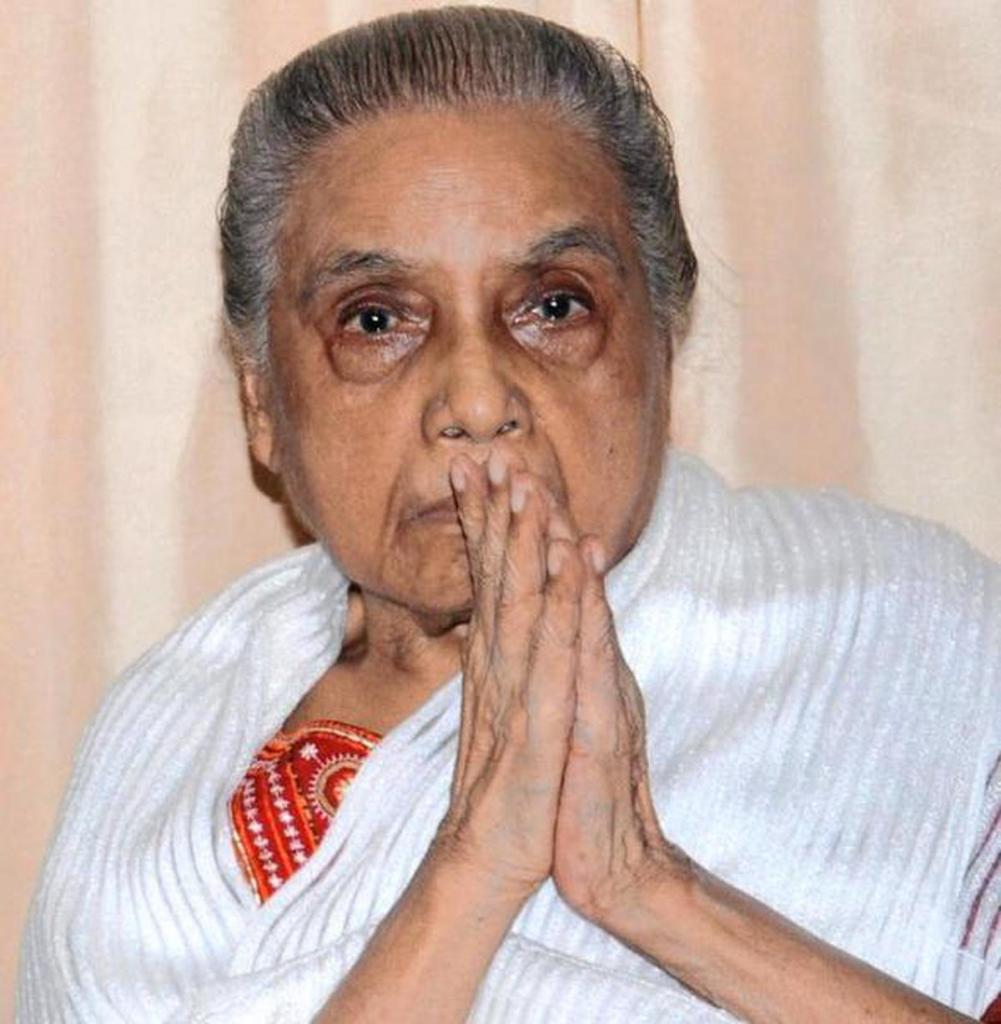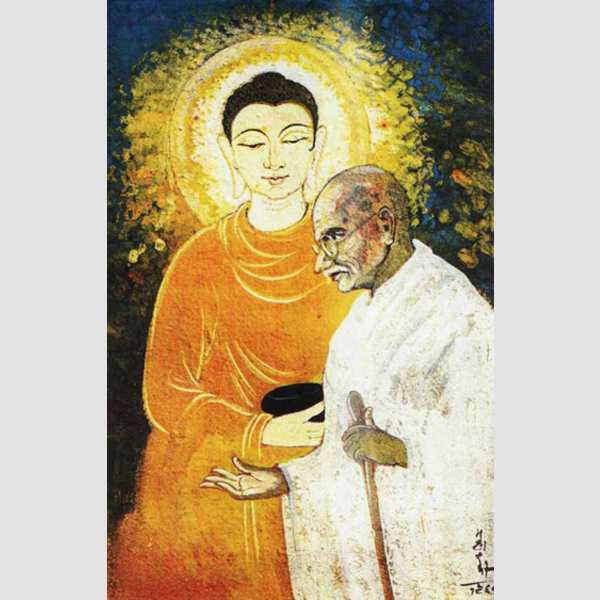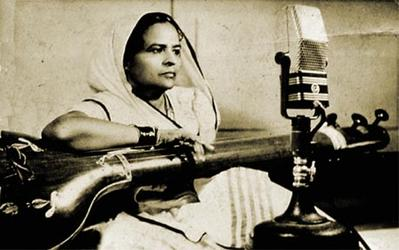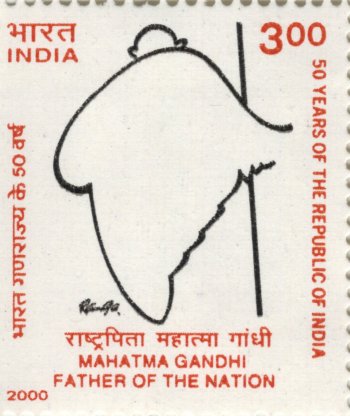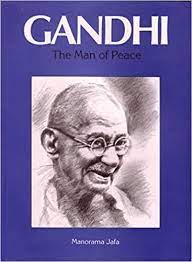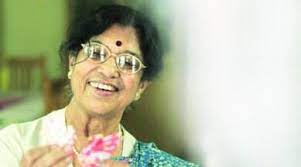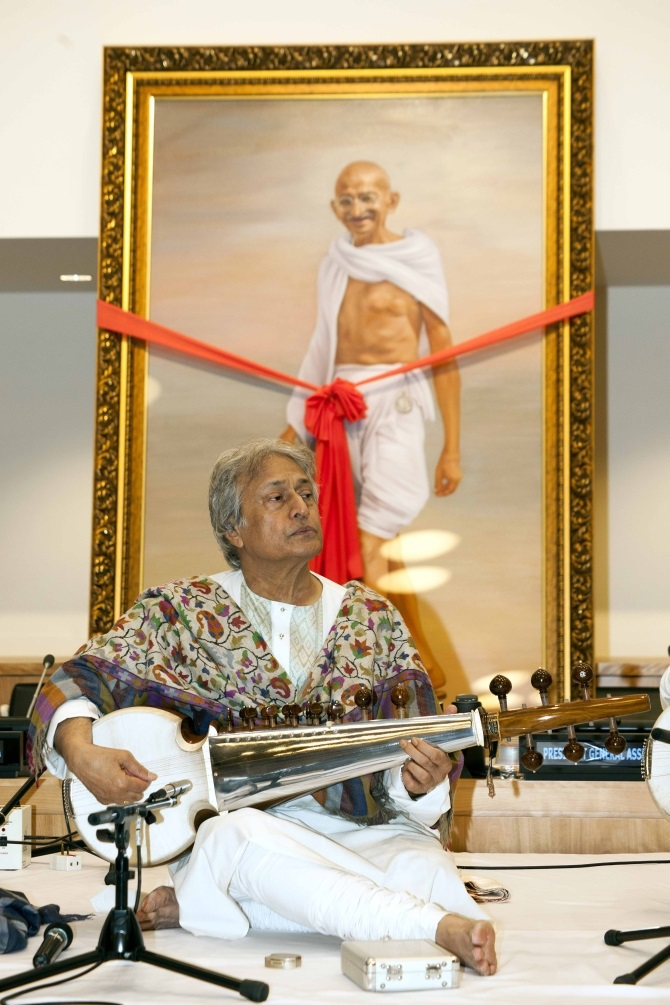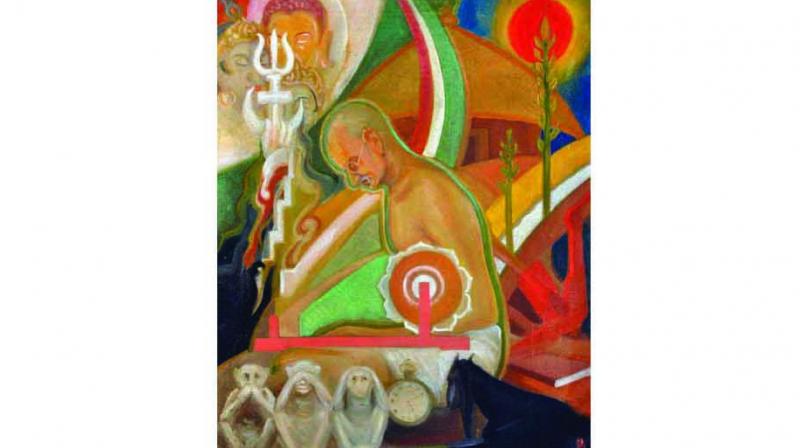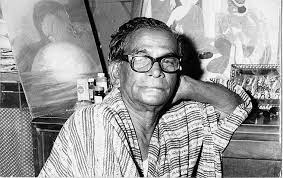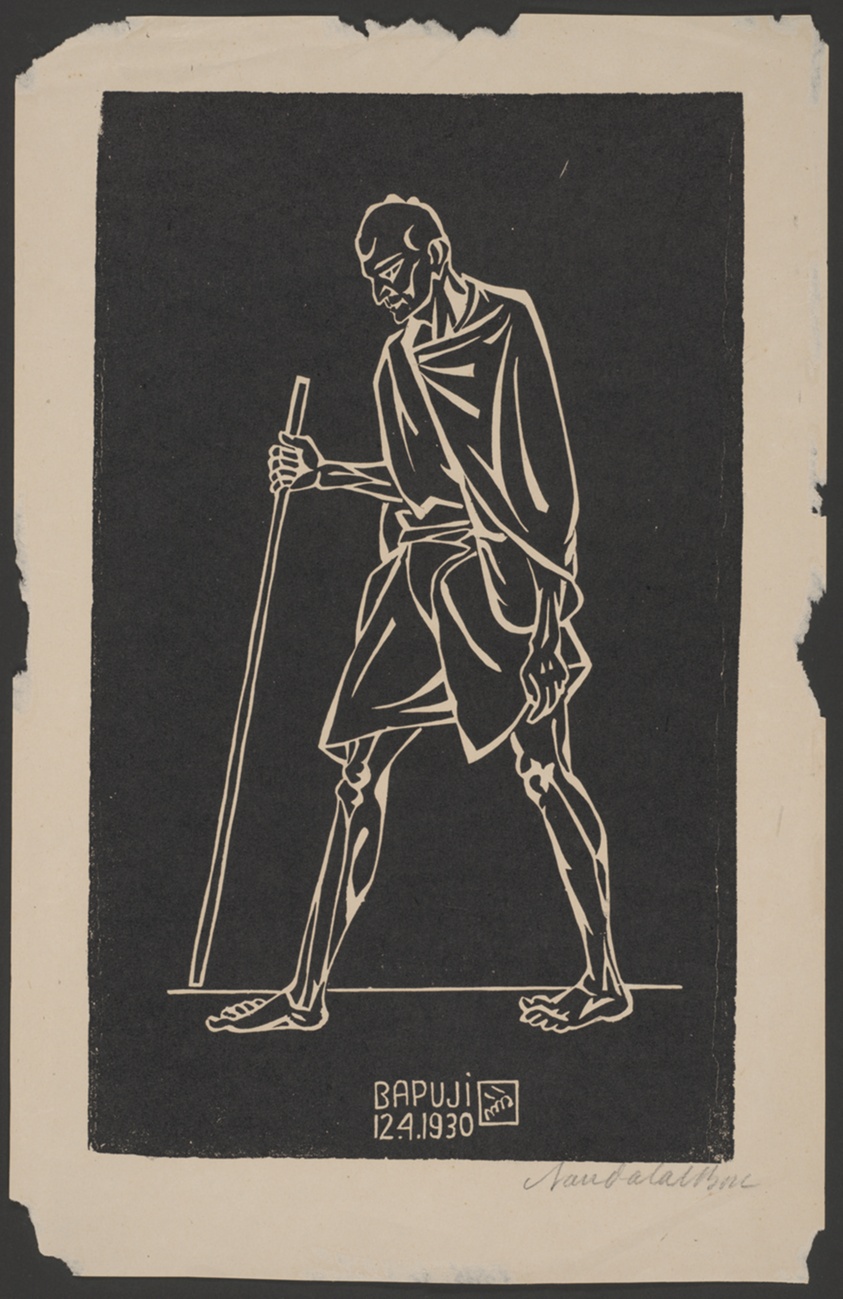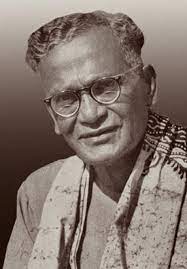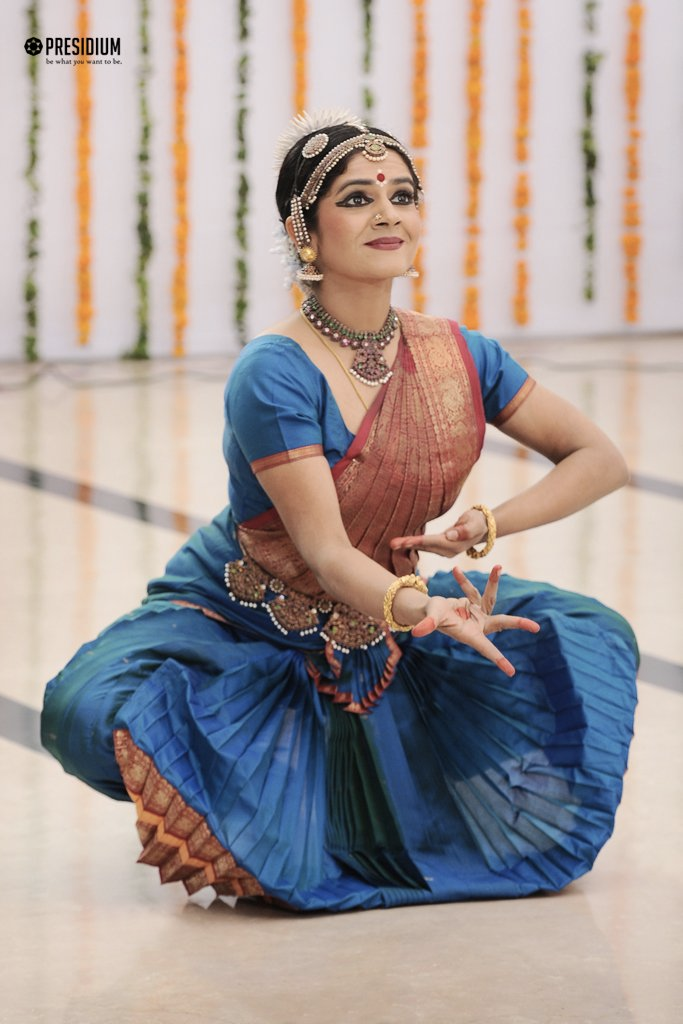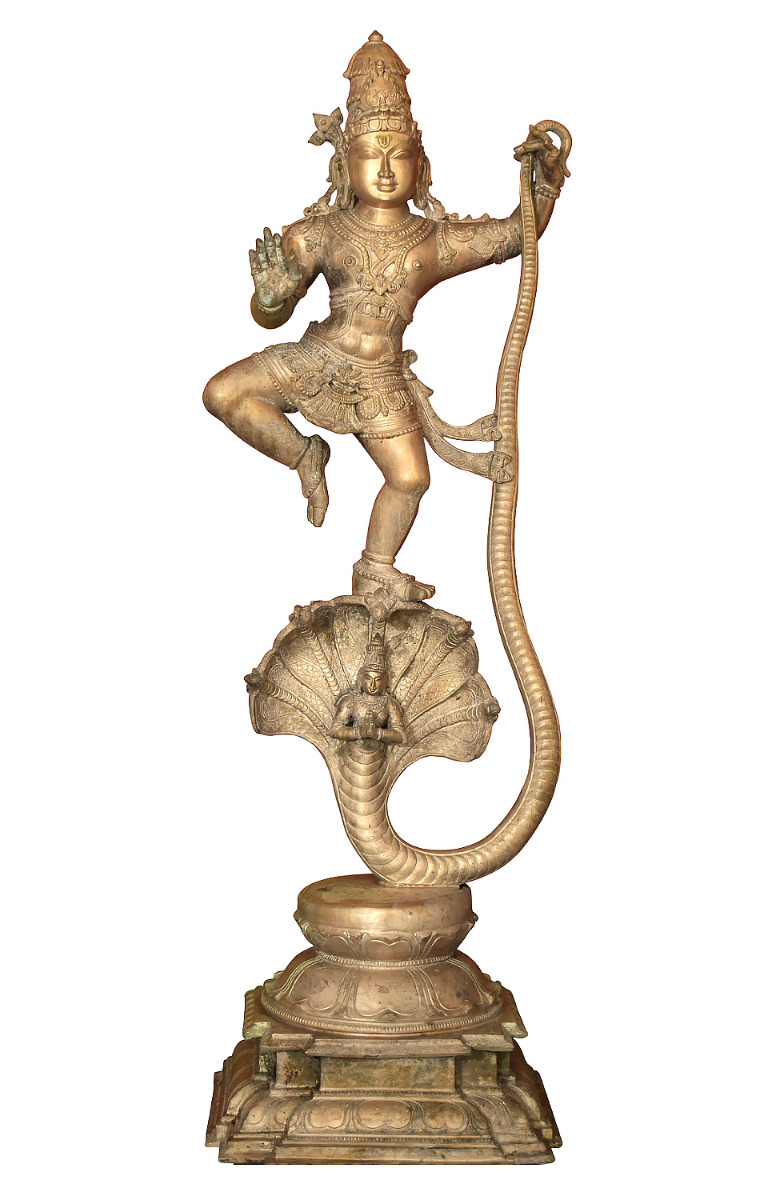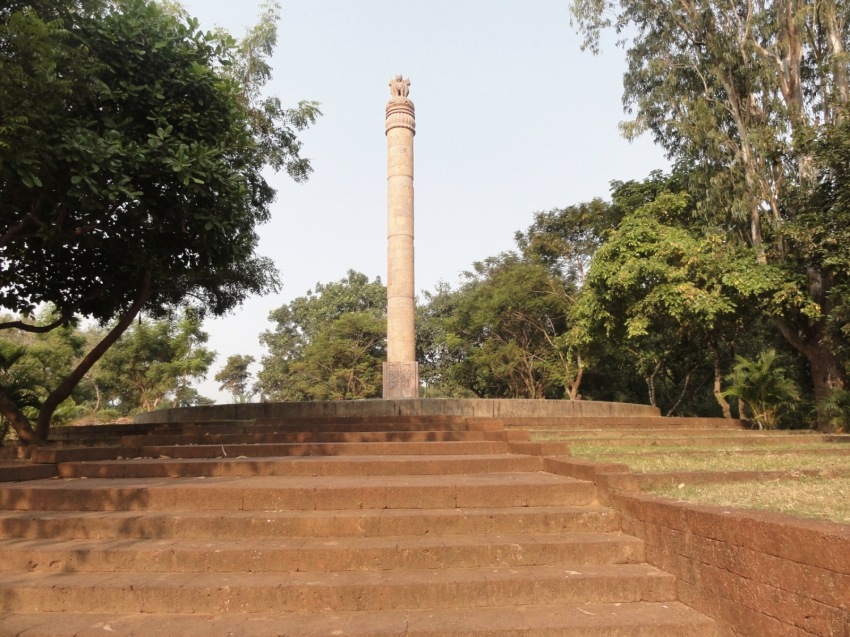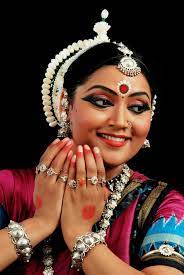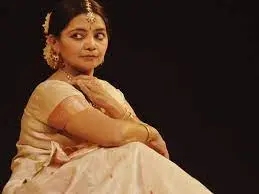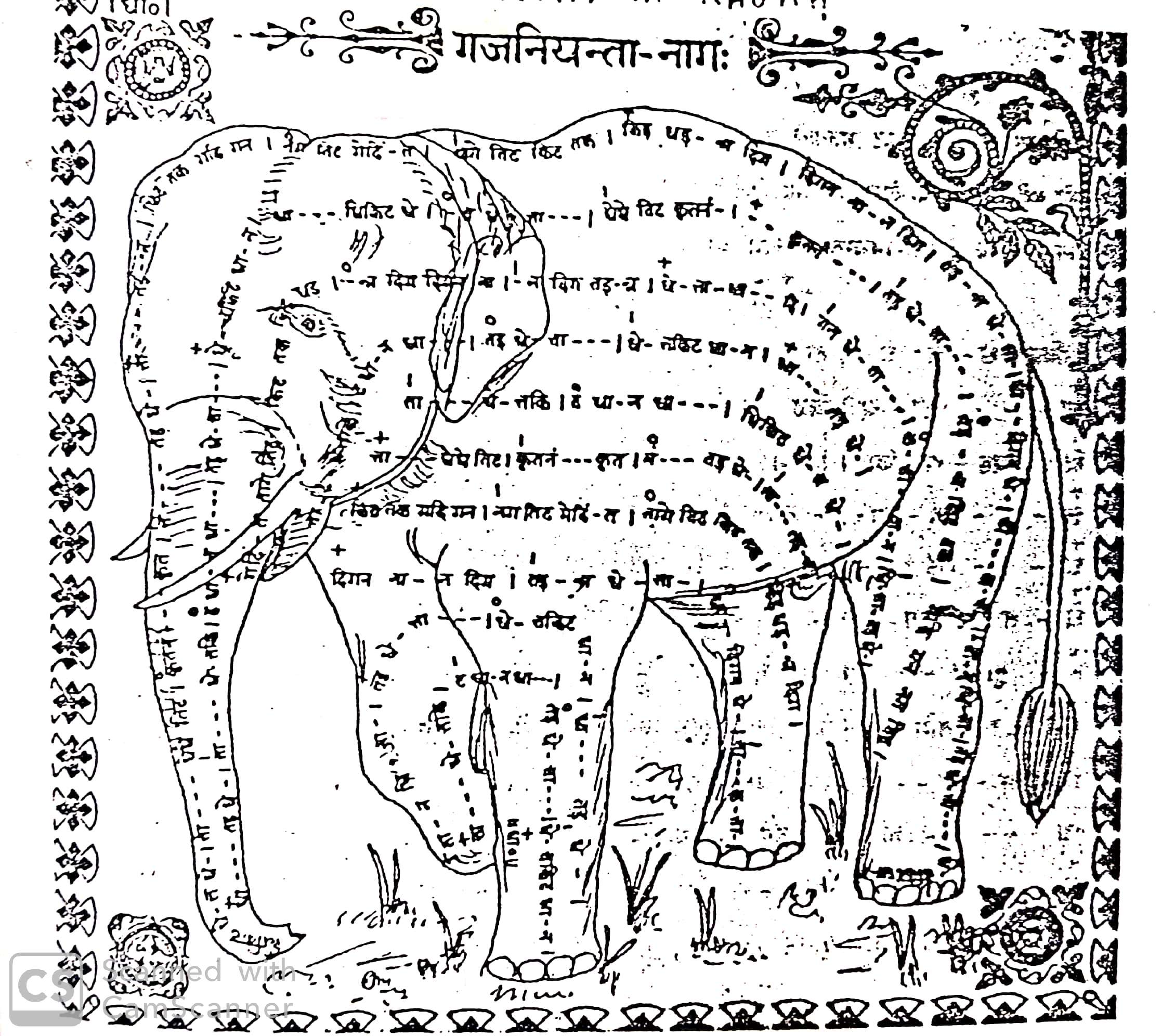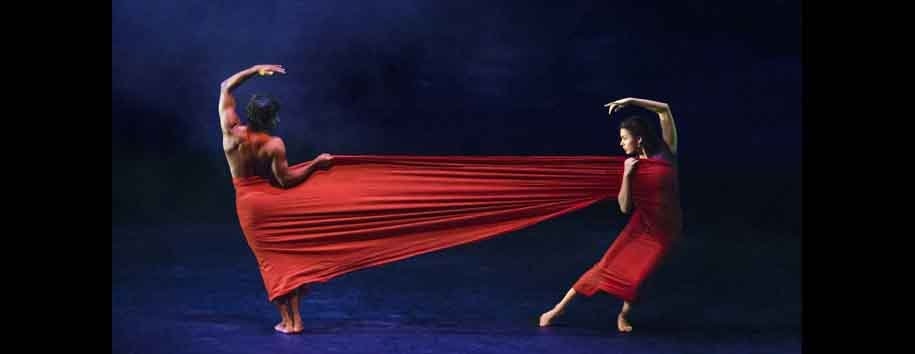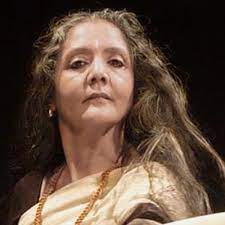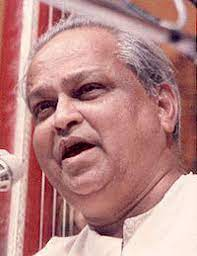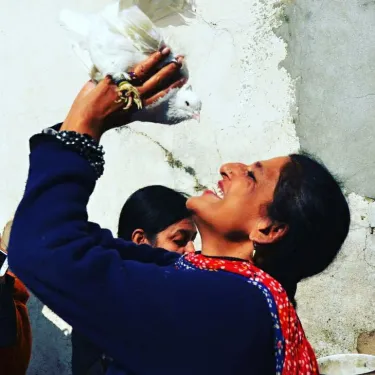Navina Jafa
Published in The Hindu on October 26, 2018, as ‘Legacy of a Yogini’
For the past five decades, Annapurna Devi, renowned as an extraordinary musician, chose the path of a Yogini over the allure of the stage. Amidst her multifaceted worldly identities—the forsaken first wife of Pandit Ravi Shankar, the daughter of Baba Allauddin Khan- the Founder of the Maihar Senia Gharana, the sister of the maestro Ali Akbar Khan, one of the pioneering women from a traditional musical lineage to master the revered Surbahar, and a mentor to several acclaimed musicians like Hari Prasad Chaurasia and Nikhil Banerjee—it was perhaps her withdrawal from the limelight and the haunting image of being the tormented spouse of the larger-than-life success of Ravi Shankar that piqued curiosity and prompted an investigation into her enigmatic life.
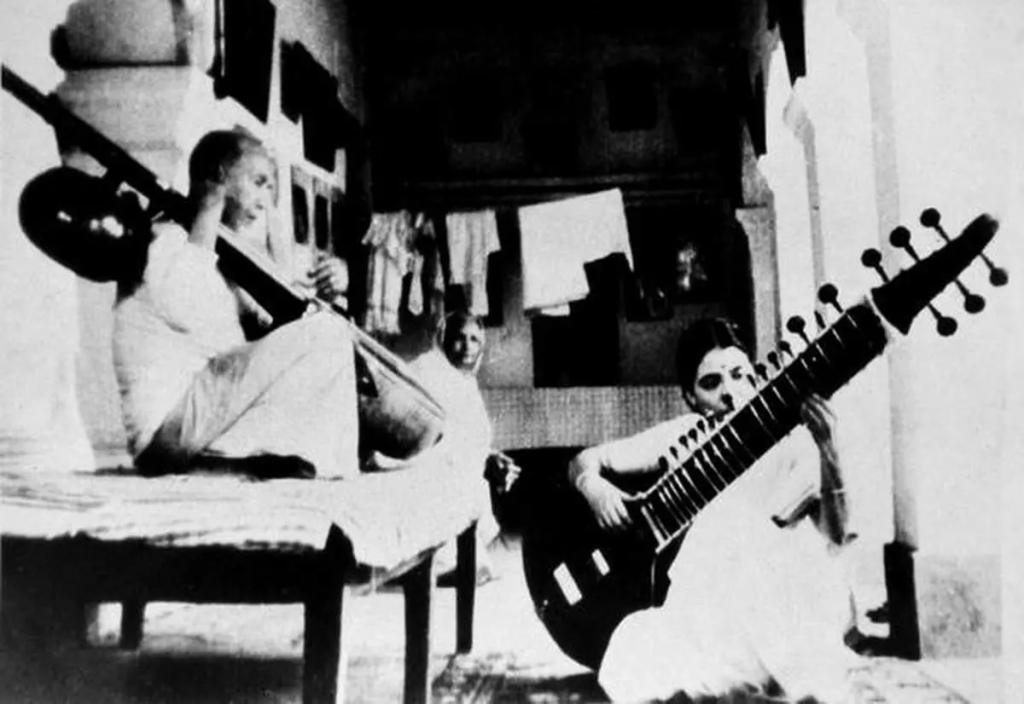
This tribute is based on a series of conversations with Nityanand Halidpur, her pupil. This flautist assumed the role of her caregiver in 2013 after the passing of her second husband, Roosikumar Pandya. “Guruma’s unique prowess was first noticed by her father and Guru. She had a penchant for singing Raga Malkauns. One day, Baba observed that as she sang as a young child, the leaves of a Pipal tree started rustling on a windless day. He was concerned that malevolent forces in the form of Djinns might overwhelm her and hinder her performance of the Raga. However, he also devised a remedy by creating a new raga called Kaushi Bhairav.” Raga Kaushi Bhairav amalgamates Raga Malkauns (typically sung late at night) and Raga Bhairav (performed at daybreak). The interplay of these contrasting energies generates a sense of inner equilibrium.
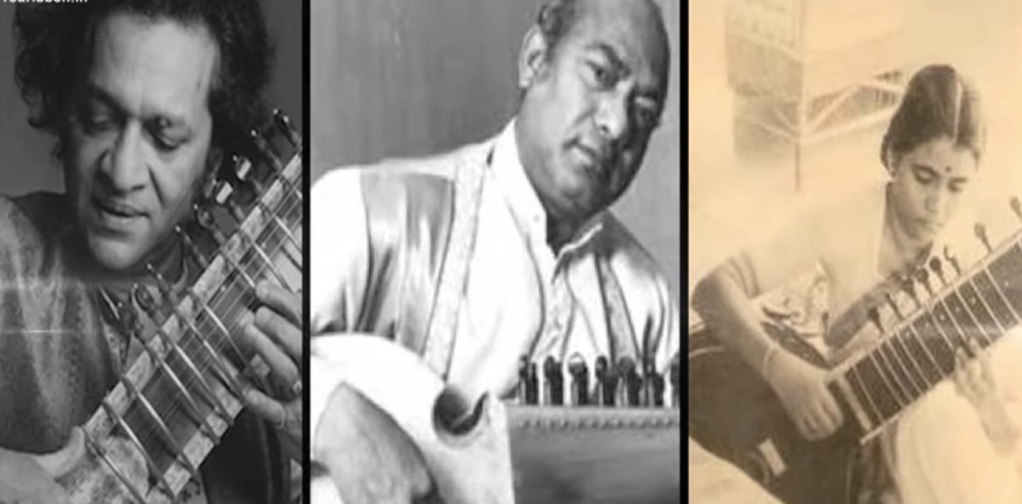
The Birth of a Yogini:
Born into a Muslim family, she was bestowed with the name Annapurna by the Raja of Maihar (Madhya Pradesh), where her father served as a court musician. The cornerstone of her musical upbringing was riyaz (meditative practice), characterized by abstinence, devotion, discipline, and arduous labour. It is a process that deals with memories and beliefs absorbed by the individual through repeated practice, assimilation, and keen observation, ultimately manifesting as an ‘ideal’ embodiment. “Guruma used to say that Riyaz, or practice, was akin to a purifying bath, cleansing layers of impurities. The seeker, or Sadhak, listens to the inner sound to attain perfection, self-realization, and encounter truth, beauty, and fragrance.” Annapurna Devi conducted her riyaz late at night, “unseen and unheard by anyone. It was believed that the power of her meditative music lulled everyone into deep slumber. The only evidence was the fragrance of roses that filled the entire house in the morning.” She was a Yogini, an enlightened soul who had achieved Siddhi, a phenomenon of Yogic magical powers awakened through consciousness. The Siddh, one who possesses a controlled mind, has mastery over oneself, others, and the natural world; they are empty yet brimming with inner bliss. They engage with the world and people with positive energies.
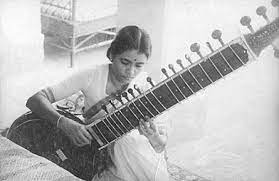
Devi – Embracing the World:
Annapurna’s residence in Akash Ganga, Mumbai, served as a sanctuary for her personal journey as a Yogi, harmoniously coexisting with her role as a Guru and her engagement with the world. As Devi Annapurna, the Goddess of Nourishment, she lovingly provided sustenance to both birds and people. “Guruma insisted that no one left her home without partaking in her divine cooking, particularly occasional chicken dishes that her brother relished. Each time she cooked, the flavour was distinct, nourishing the stomach and soul, akin to her music. Beyond her personal tragedies, a pure, childlike essence endured in her. One could hear that purity in her laughter. She kept herself updated by listening to music on the radio and watching television.”
The making of a devoted Guru is a demanding journey. “Her teaching demanded rigour and unwavering commitment. I was grappling with writer’s block, and it was the daughter of Pannalal Ghosh, the renowned flautist and a disciple of Baba Allauddin Khan, who directed me to Guruma, affirming that only her guidance could propel my musical journey. She heard and acknowledged my work, but she cautioned that her teaching wouldn’t earn me applause from large audiences; instead, it would garner the respect of the discerning few. For the former, she suggested turning to Ravi Shankar or her brother, Ali Akbar Sahab.” Likewise, when Hari Prasad Chaurasia approached her for lessons, he was informed that he would have to unlearn what he knew. Chaurasia’s solution was to learn by changing the position of the flute on the left side. For her, her father remained the quintessential Guru. “She would commence her day by folding her hands before the portraits of her father and Guru, Baba Alauddin Sahab, offering prayers for purity of intent in her endeavours. She sensed his presence in the pigeons she fed, as he had loved to do.”
Annapurna Devi recognized that not every performing artist could opt for the path of a meditative recluse. Her approach as a Guru was characterized by wisdom and compassion. Her instruction encompassed a delicate balance of profound learning with practical nuances to enable the evolution of a skilled performer. “Guruma imparted special techniques for riyaz, where the focus was on playing for the ONE—the solitary listener. She believed that for a performance, one should anticipate challenges. Today, a performer is often given limited time or finds themselves following a captivating act or multiple performances. In such circumstances, an artist is expected to deliver a captivating performance, immersing the audience in the specific Raga. To achieve this, she taught special mantra-like phrases that encapsulated the essence and structure of a Raga. Playing these phrases at the outset of a performance allowed the artist to control their mind and swiftly immerse themselves in the world of that specific Raga, irrespective of the allotted time. It ensured that the audience embarked on the journey with the artist. This combined practice of riyaz and performance became a living ritual.”
Combining her passion for exploration and her unwavering commitment to her meditative journey, Guruma Annapurna Devi transcended the profound personal tragedies of a failed marriage and the devastating loss of her only child. Her remarkable journey is a testament to her resilience.
Annapurna Devi deeply admired Pandit Ravi Shankar, recognizing his unwavering dedication to his Guru and his music. Through her dedication and talent, she ascended to a level few achieve in their lifetime. Notably, Mrs. Indira Gandhi once personally requested her to perform for renowned violinist Yehudi Menuhin and musician George Harrison. While Menuhin couldn’t attend, Harrison came and experienced her enchanting music. Her eminence was such that the prestigious Padma Bhushan award was delivered to her home, adorned with a simple message on the door: “Ring the bell thrice if no one answers, leave your card or message.”
Guruma Annapurna Devi’s music resonated with sublime vibrations, touching the soul’s essence. She was born into a Muslim family and was given a Hindu name upon marriage. She ultimately embraced the path of a Yogini, a Devi, before passing during the auspicious Navratra period. Her life journey is a testament to the power of music, spirituality, and transformation.
Shri Nityanand continues his Guru Sewa by managing The Annapurna Devi Foundation in the Akash Ganga Apartment.
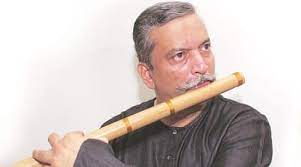
#navinajafa, #indianmusic, #ravishanker, #heritage
